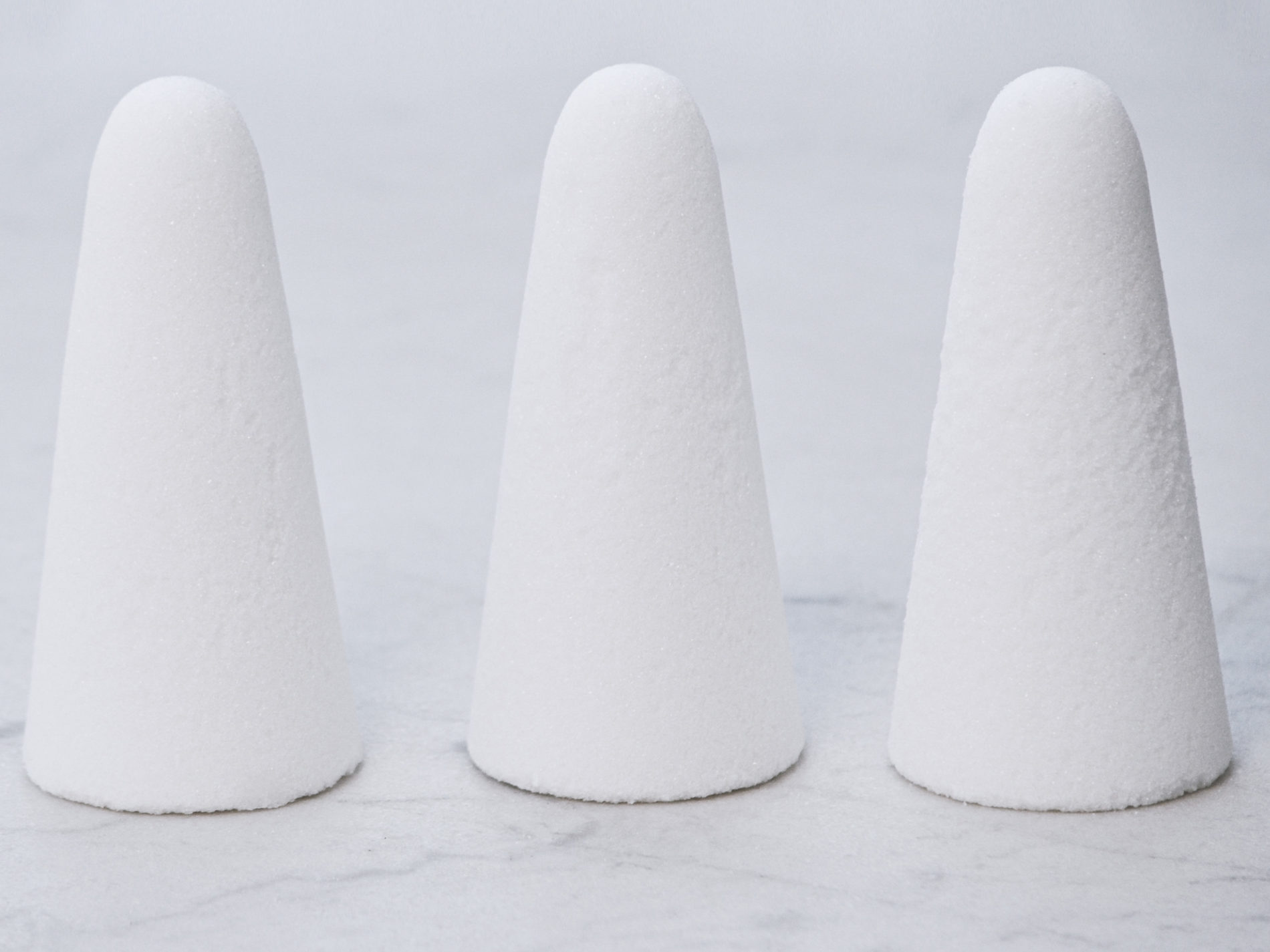What’s the first thing that comes to your mind when you hear the word ‘sugarloaf’? A mountain in Canada, an island in New Zealand, a peak in Ireland? Probably. If you are playing a geographical quiz with your science teacher. But we are not going to delve into the abyss or, better say, to climb to the top of the territorial terms. It’s not our field. Yet we still recommend visiting Sugarloaf Mountain (Pão de Açúcar) in Rio de Janeiro at the mouth of Guanabara Bay and take a crazy ride on a cable car. And while you travel there and stay up high in the air you might want to take a look at the bigger picture of the sugarloaf – the history of it. Which is the history of sugar itself – ain’t no veggies today!
Back in the days sugar was refined and produced as a tall cone with a rounded top. Only in the 19th century did people learn how to make granulated and cube sugar. Until that time, all you could get was a big conical piece of hard sugar. That first was boiled, then filtered and poured into an inverted earthenware or iron mold where it would sit still until hardened and then dried in a stove room. Surprisingly, the biggest loaves would come cheaper than the smaller ones. The latter were “extremely expensive owing to the prolonged repeating of the whitening process” as Wikipedia puts it.
The cheapest loaves were called bastards which is the best way to describe anything large, sweet and lowcost. And how would you manage to fill two teaspoons with sugar to make yourself a cuppa is a different story.
For that, you’d need a special scissor-like tool called sugar nips. It came with sharp blades that were designed to cut sugar from the big piece of sugar with the appliance of physical force. Those were the days. If for any reason, you miss the good ol’ days, you can take a pilsner glass and 350 gr / 1 ¾ cup of white granulated sugar. Mix it with 2 tsp of water and stir it right away to get the consistency of moist sand. Scoop that mixture and pour it in your pilsner glass tamping it firmly along the way with a muddler or a blunt end of a rolling pin or whatever comes in handy. Take a square piece of parchment paper and put it down on the counter. Then take your glass, invert it onto the paper and tap it firmly to get the sugar loaf a go. It should stand still on the counter as a sugar hill. Don’t touch it for a week – it should dry and harden properly – and then you have a nice firm block of old-fashioned sugar. Your morning coffee will never be the same.











What do you think?